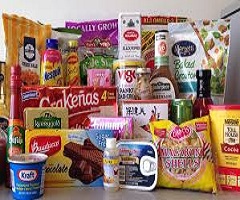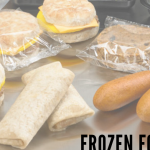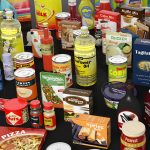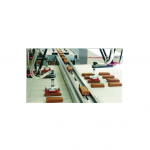
Five packaging trends for 2018
- Packaging will play a pivotal role in reducing global food and product waste.
- Online brands will reinvigorate their packaging in order to enhance the e-commerce experience.
- Brands that adopt clear and succinct package messaging will be rewarded as consumers prefer brands that embrace minimalism.
- Brands will be called to keep marine conservation at the forefront of packaging development and to anchor the circular economy for future generations.
- Contemporary packaging formats will see the center-of-store take center stage.
Says David Luttenberger, Global Packaging Director at Mintel, “Our packaging trends for 2018 reflect the most current and forward-looking consumer attitudes, actions, and purchasing behaviors in both global and local markets. Such trends as those we see emerging in e-commerce packaging have stories that are just now being written. Others, such as the attack on plastics, are well into their first few chapters, but with no clear ending in sight. It is those backstories and future-forward implications that position Mintel’s 2018 Packaging Trends as essential to retailer, brand, and package converter strategies during the coming year and beyond.”
Looking ahead, Luttenberger, elaborates on these trends, discussing implications for consumers, brands, and manufacturers.
Packaged Planet: The throwaway culture of today will evolve into one that understands and embraces the role of packaging as a primary means to reduce global food and product waste. Consumers have long considered packaging as often unnecessary, and ultimately as just waste to be disposed of. But that misconception is now changing. A focus on package innovations that extend food freshness, preserve ingredient fortification, and ensure safe delivery is increasingly benefiting consumers. Brands will need to act fast by exploiting on-pack communication tools to educate consumers to the benefits packaging can bring, from extending shelf life of food to providing efficient and safe access to essential products in developed and underserved regions of the world.
rEpackage: As more and more consumers embrace online shopping, packaging will play a pivotal role in brands’ and consumers’ e-commerce experiences. Online shopping is becoming increasingly widespread around the globe and is near ubiquitous in some markets. However, while online shopping’s key advantage is convenience, consumers expect more from their favored brands. When designing packaging to be viewed online and transit packaging to be opened upon delivery in the home, the experience of e-commerce packaging must reflect consumer expectations from shopping with that brand in-store.
Clean Label 2.0: Aiming for packaging designs that enlighten consumers’ purchase decisions, brands will reject approaches that offer too much or too little as they can leave shoppers more confused than informed. Today’s consumers are more informed than ever; however, brands are in real danger of being rejected if consumers feel overloaded with information, leading to the questioning of provenance, authenticity, and transparency. The “essentialist” design principle bridges the divide between not enough and just enough of what’s essential for consumers to make an enlightened and confident purchasing decision. Brands must bring the next generation of clean label to packaging design to provide a moment of calm and clarity for shoppers in an increasingly hectic retail environment.
Read more: Five packaging trends for 2018





